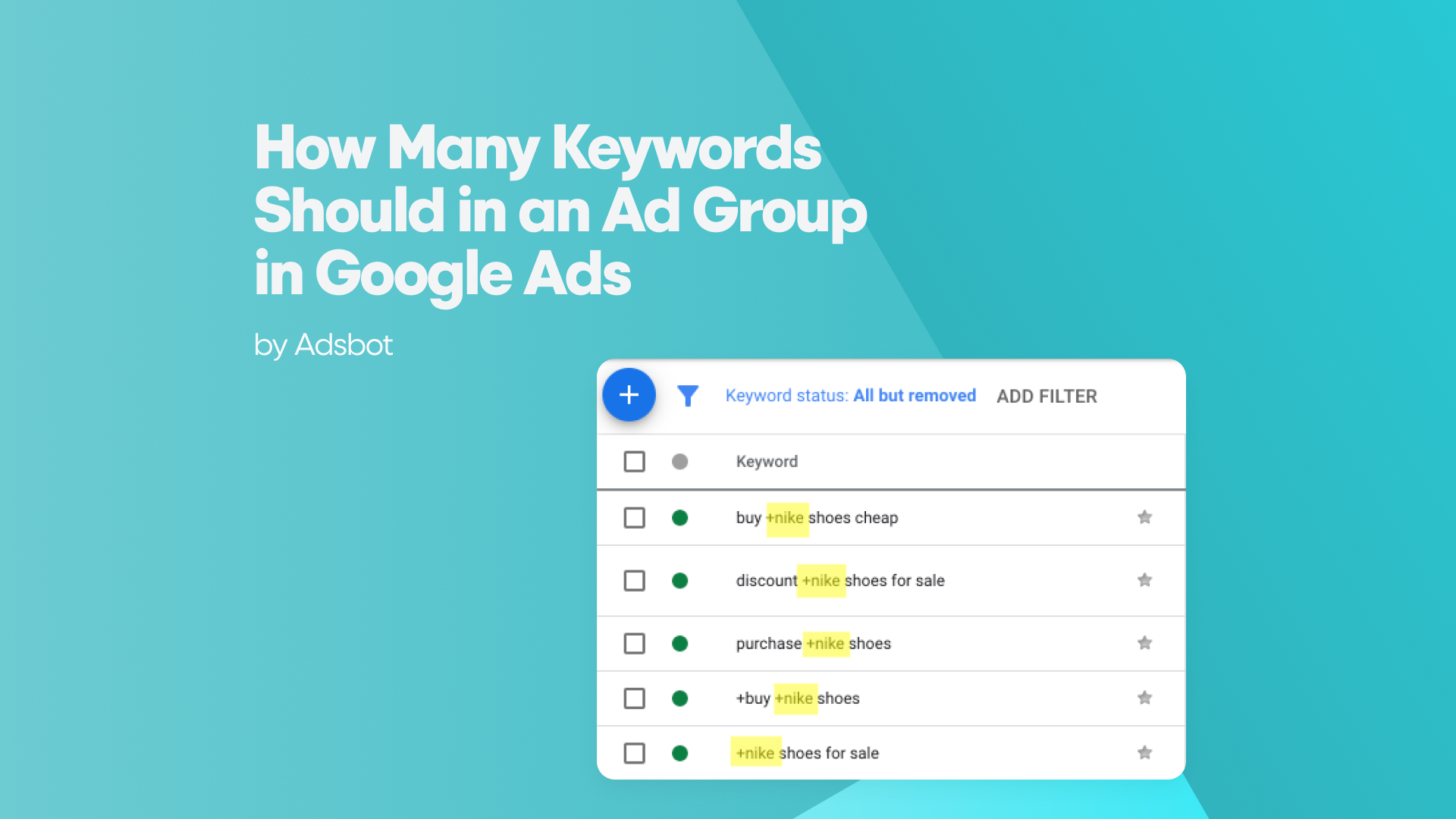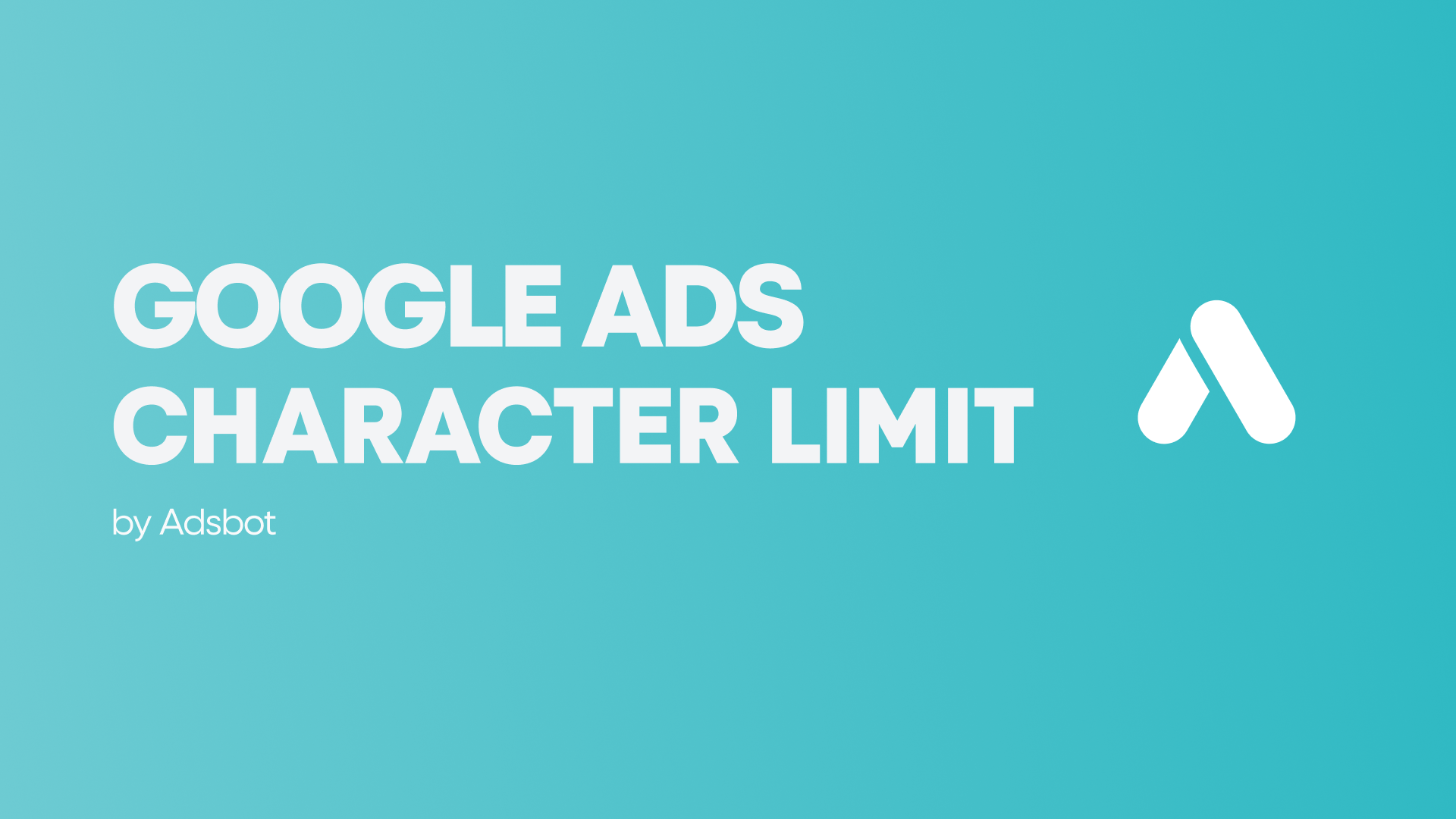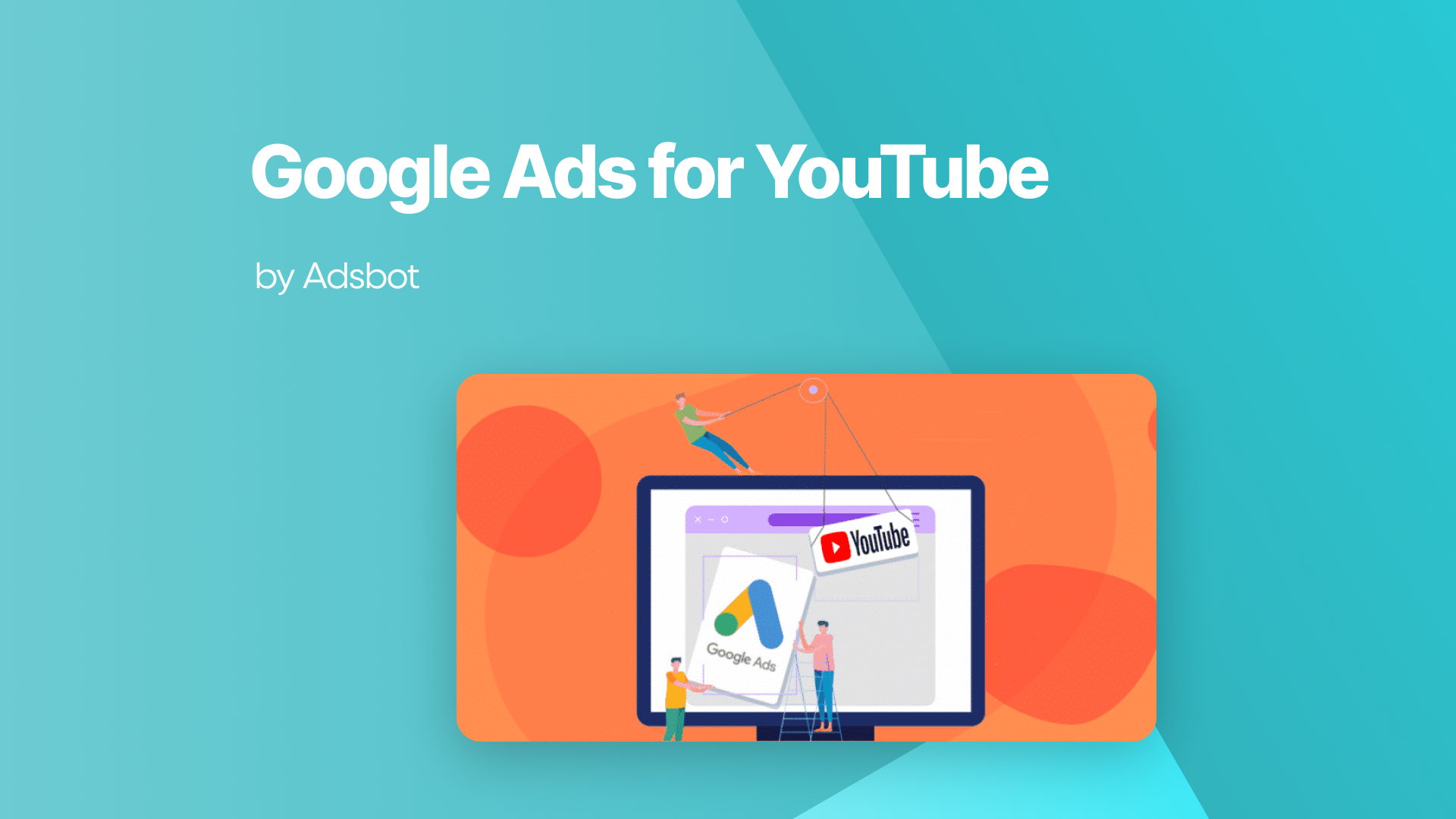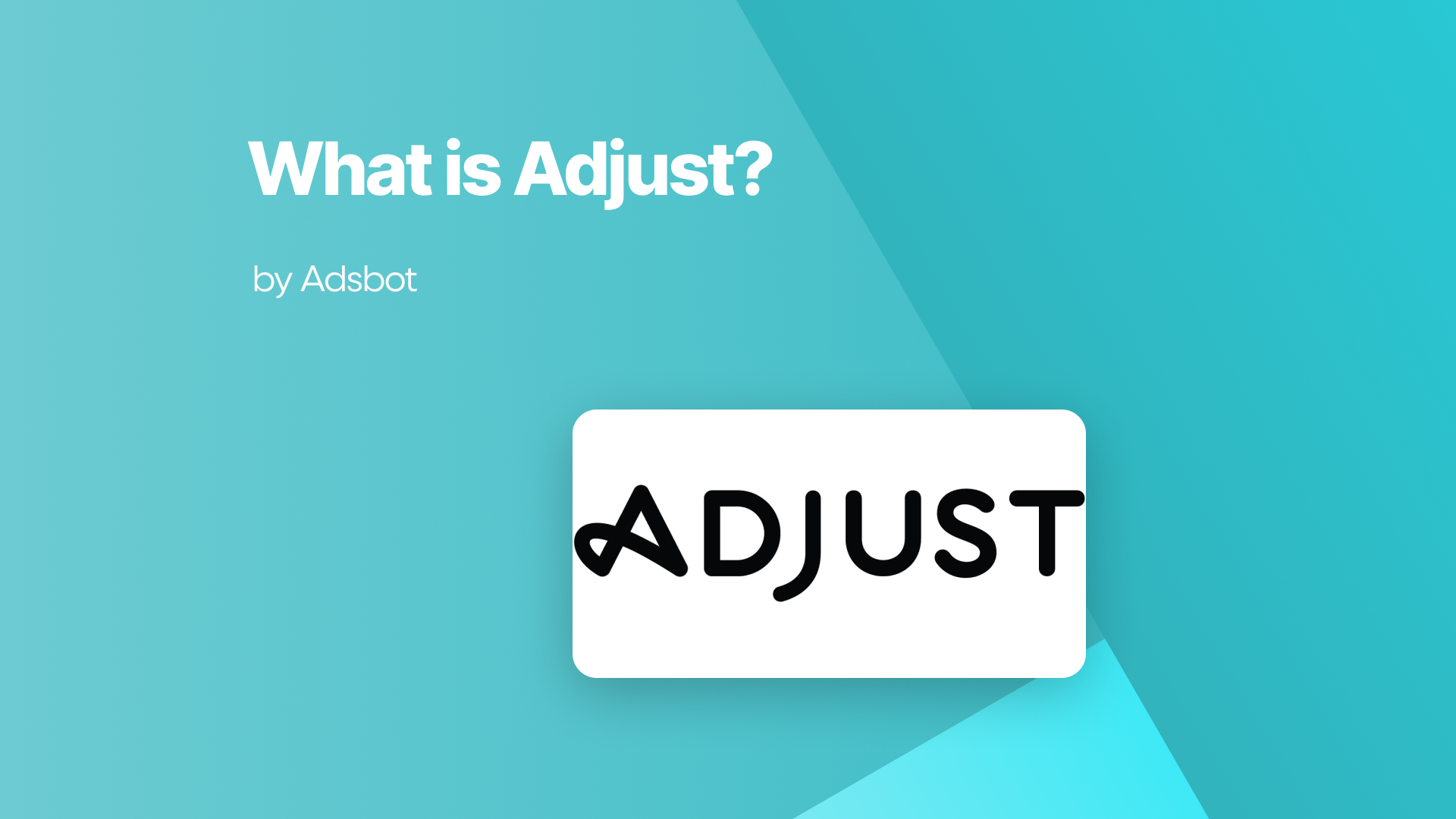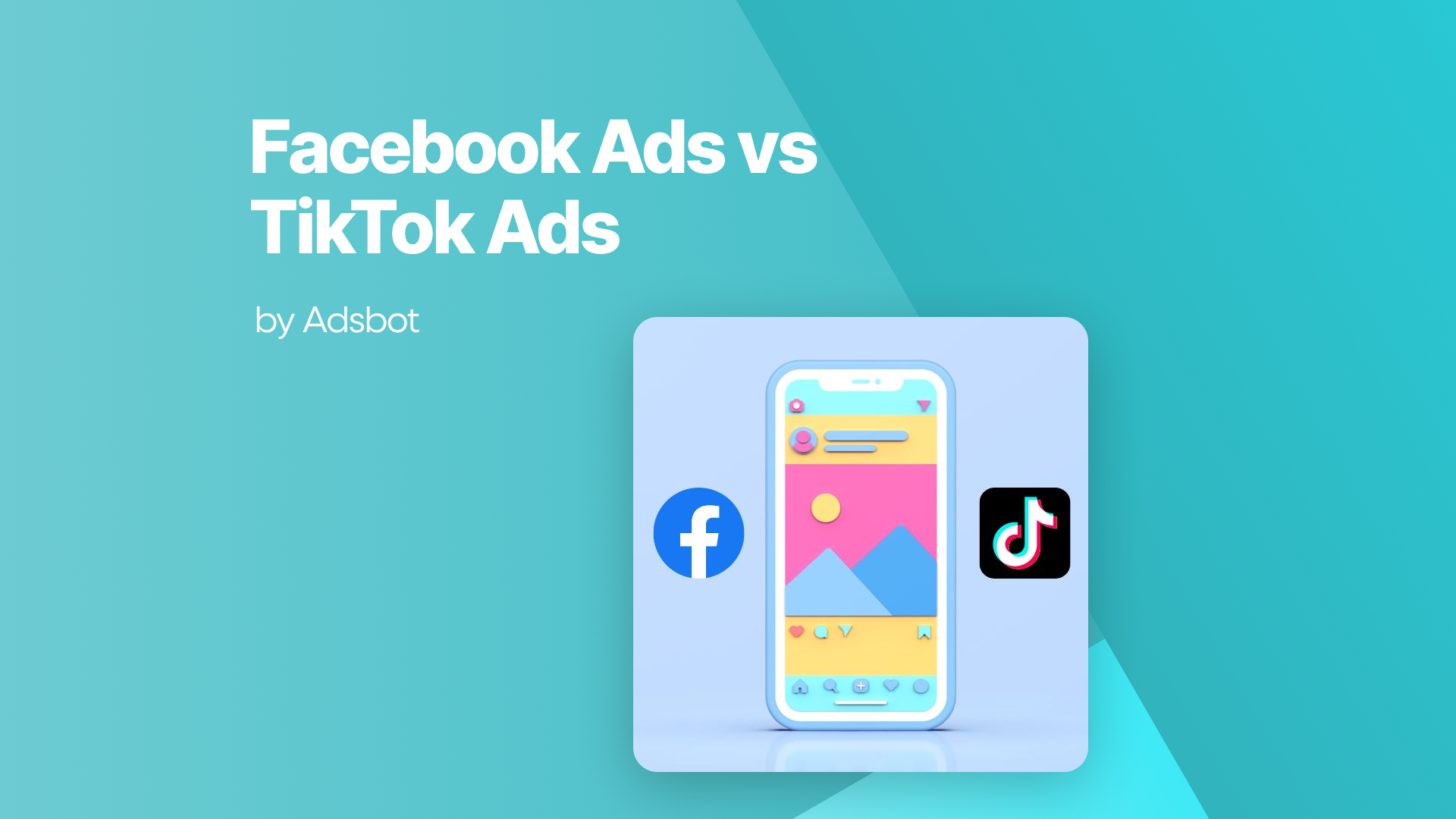In today’s fast-paced digital era, where social media has become an integral part of our daily lives, businesses are constantly seeking innovative ways to connect with their target audience and drive meaningful engagement. Among the myriad of social platforms available, Instagram stands out as a beacon of opportunity, boasting over one billion active users worldwide and serving as a visual playground for brands to showcase their products and tell their stories. With its robust suite of advertising tools and targeting capabilities, Instagram offers businesses unparalleled opportunities to reach, engage, and convert their audience through strategic ad campaigns. In this comprehensive guide, we’ll delve into the intricacies of Instagram Ads Management, equipping you with the knowledge, strategies, and best practices needed to harness the full potential of this dynamic platform and achieve your marketing goals.
Unveiling the Power of Instagram Ads Manager
Instagram Ads Manager serves as the nerve center for creating, managing, and optimizing ad campaigns on the platform. This powerful tool provides advertisers with a plethora of options and functionalities to tailor their campaigns to their specific objectives and target audience. Whether you’re looking to increase brand awareness, drive website traffic, or boost sales, Instagram Ads Manager offers the flexibility and customization options to bring your vision to life. From selecting campaign objectives and defining audience targeting parameters to crafting compelling ad creatives and setting budget and bidding strategies, mastering Instagram Ads Manager is essential for running successful ad campaigns on the platform.
Key Features and Functionalities
Instagram Ads Manager serves as the control center for businesses to orchestrate their advertising efforts on the platform. From defining campaign objectives to refining audience targeting, crafting compelling ad creatives, and analyzing performance metrics, Instagram Ads Manager offers a comprehensive suite of features to help businesses achieve their marketing goals.
- Campaign Objectives
Instagram Ads Manager provides a diverse range of campaign objectives to align with businesses’ marketing objectives, including brand awareness, reach, engagement, traffic, app installs, lead generation, conversions, and more. This allows businesses to tailor their campaigns to their specific goals and desired outcomes.
- Audience Targeting
With sophisticated targeting options, businesses can precisely define their target audience based on demographics, interests, behaviors, and more. This ensures that ads are delivered to the most relevant audience segments, maximizing their effectiveness and ROI.
- Ad Formats
Instagram Ads Manager offers various ad formats, including single image or video ads, carousel ads, collection ads, and stories ads. This flexibility allows businesses to choose the format that best suits their content and objectives, enabling them to create visually compelling ad experiences.
- Budget and Bidding
Businesses have full control over their ad budget and bidding strategy, allowing them to set their desired spending limits and bidding preferences. This flexibility enables businesses to optimize their budget allocation and maximize the impact of their ad campaigns.
For example, consider a fashion retailer looking to promote its latest collection on Instagram. By using Instagram Ads Manager, the retailer can create a campaign with the objective of driving traffic to its online store. They can target users based on demographics such as age, gender, and location, as well as interests related to fashion and lifestyle. The retailer can then create visually appealing ad creatives showcasing the new collection and set a budget and bidding strategy to maximize ad exposure and clicks. With Instagram Ads Manager, the retailer has the tools and insights needed to effectively reach and engage with its target audience and drive traffic to its website.
Expanding Your Impact: Enhancing Posts on Instagram
Amplifying the visibility and impact of your content on Instagram can be achieved strategically through the process of enhancing posts. Whether you’re unveiling a new product, highlighting an upcoming event, or showcasing user-generated content, this tactic can magnify your message, facilitating connections with a broader audience. With just a few clicks, you have the capability to elevate your posts, extending their reach beyond your current follower base and fostering engagement with your brand.
For example, envision a local restaurant launching a tantalizing new menu item and seeking to create a buzz on Instagram. By enhancing a post featuring enticing photos of the delectable dish, the restaurant can target users within the vicinity, enticing them to visit and savor the culinary delight.
Maximizing Success: Monitoring and Optimizing Your Instagram Ads
Once your Instagram ads are live, the work doesn’t stop there. Monitoring the performance of your ads and making data-driven optimizations are essential for maximizing success and achieving your marketing goals. Instagram provides robust analytics and reporting tools that allow you to track key metrics such as reach, impressions, clicks, engagement, and conversions in real-time. By regularly monitoring ad performance and analyzing the data, you can gain valuable insights into what’s working and what’s not, enabling you to make informed decisions and optimizations to improve campaign performance.
For instance, suppose a fitness apparel brand is running a series of Instagram ads promoting its new activewear collection. By monitoring ad performance metrics such as click-through rates and conversion rates, the brand notices that ads featuring videos showcasing the product in action perform significantly better than static image ads. Armed with this insight, the brand decides to allocate more budget to video ads and optimize future campaigns to prioritize video content. By continuously monitoring and optimizing ad performance, the brand can drive better results and achieve its marketing objectives more effectively.
In conclusion, mastering Instagram Ads Management is essential for businesses looking to capitalize on the vast opportunities that Instagram offers for reaching and engaging with their target audience. By understanding how to effectively use Instagram Ads Manager, boost posts strategically, and monitor and optimize ad performance, businesses can unlock new avenues for growth, engagement, and success on Instagram. With the strategies outlined in this guide and a commitment to continuous improvement, you’ll be well-equipped to navigate the ever-evolving landscape of Instagram advertising and achieve your marketing goals with confidence.


